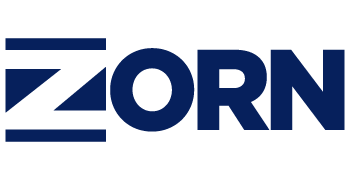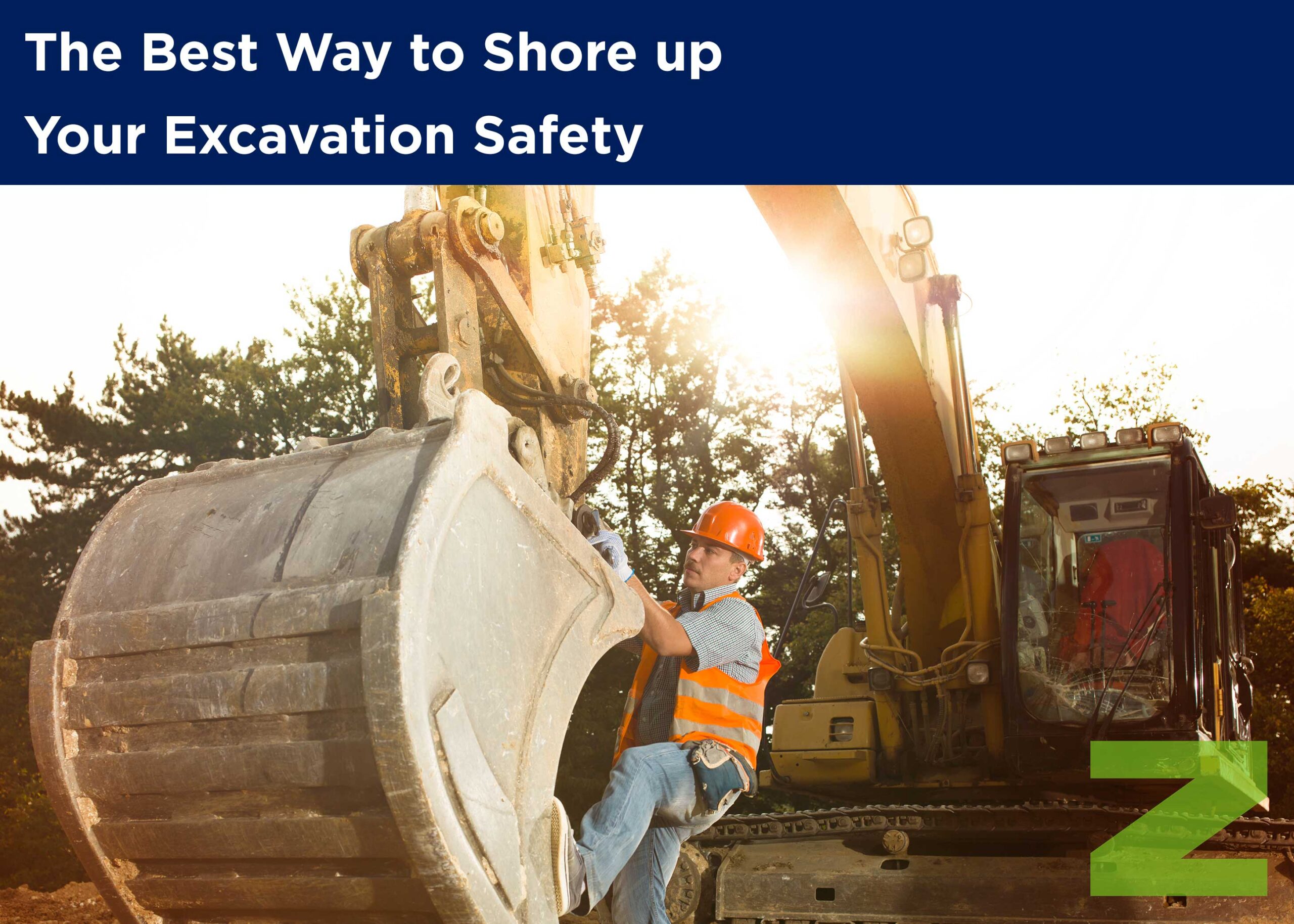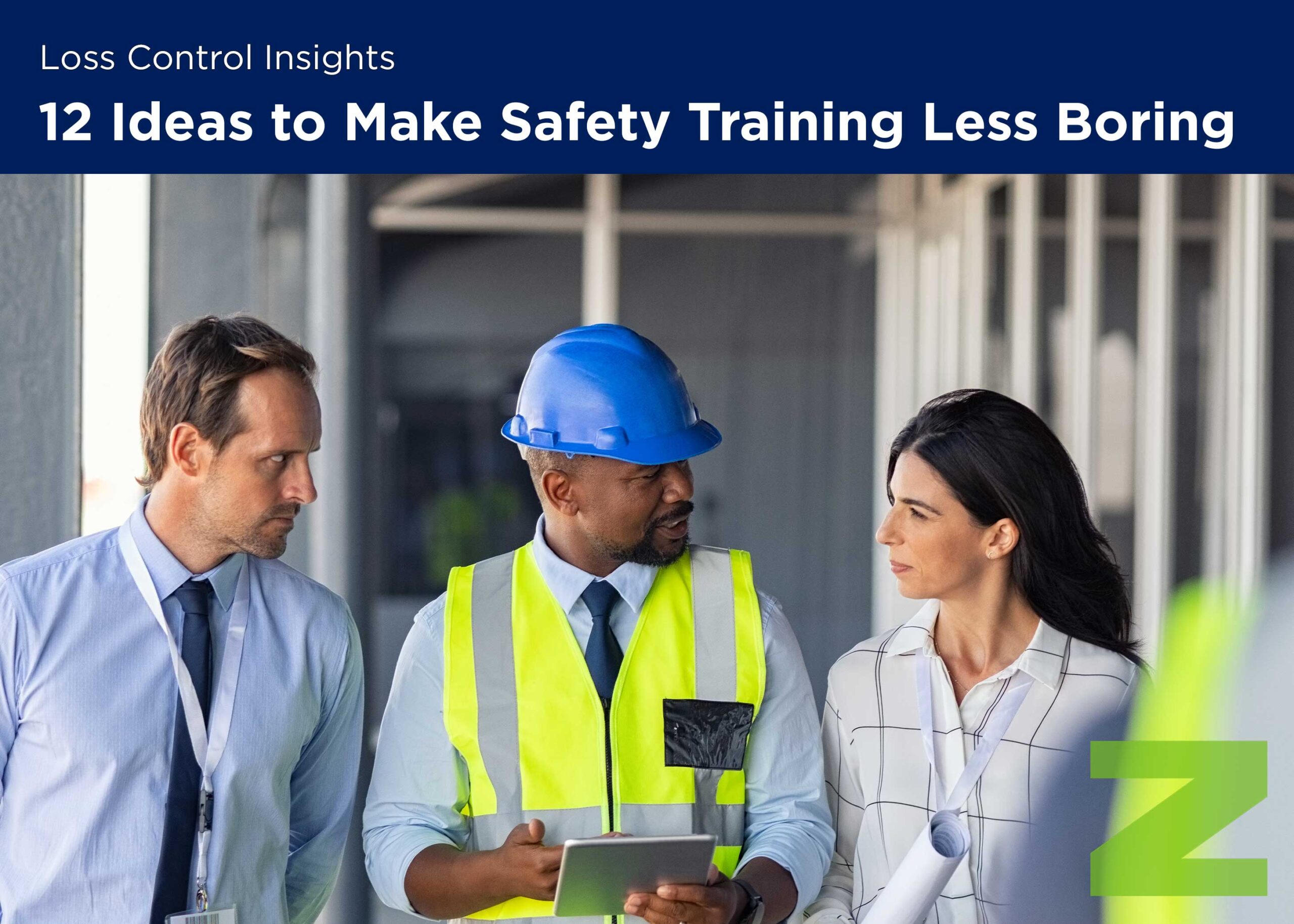Loss Control Insights for Contractors
The Best Way to Shore up Your Excavation Safety
With a fatality rate that is 112% higher than the rate for general construction, excavation is among the most hazardous construction operations you can undertake this spring. Cave-ins pose the greatest risk, with other potential hazards including falls, falling loads, hazardous atmospheres and incidents involving mobile equipment.
Many factors affect safety during excavation, so we asked our experts for the number one thing you should be doing (but probably aren’t). Their answer? The easiest and most effective way to improve excavation safety is to designate a competent person for your excavation operations.
What is a Competent Person?
Several OSHA standards, including those governing outdoor scaffolding systems, reference the need for a competent person. But many people in the construction field aren’t aware that it’s a requirement for excavation and trenching. It doesn’t matter if you’re digging a 1-foot trench or a 20-foot hole—if you’re excavating, you need to have a designated competent person.
There are three main attributes defining a competent person:
- Hazard Recognition—identifies existing and predictable hazards in the surroundings or working conditions that might be dangerous to employees
- Task-Specific Knowledge—understands soil types and protective systems
- Able to Stop Work—authorized to protect employees by stopping work until a hazard or dangerous condition can be corrected.
How to Designate a Competent Person
A competent person should not be chosen lightly. When an employee is considered a “competent person,” it isn’t just a compliment—it is a serious obligation. To be fully in compliance with OSHA (and to fully protect your employees), you need to identify someone by name who meets the competent person criteria outlined above.
Depending on the size of your worksite and span of your operations, you may need to designate more than one competent person. List the names of your competent people in your safety programs and materials to make sure everyone is on the same page.
Responsibilities of a Competent Person
A competent person is responsible for overseeing your excavation operations. That doesn’t mean they need to be on-site for the entirety of an excavation. However, they should inspect excavations daily and whenever conditions change. These inspections should occur before worker entry to ensure all hazards have been eliminated. It’s a good idea to document these daily inspections to show you are in compliance with the standard. Try using EMC’s free Excavation Inspection Form to guide the inspection, then retain the completed copy for future reference.
In addition to conducting site inspections, the competent person is responsible for:
- Classifying soil
- Inspecting protective systems
- Designing structural ramps
- Monitoring water removal equipment
Becoming a Competent Person
Becoming a competent person is less formal and easier than many people assume. It’s not an official certification, and there’s no standardized test that must be passed to attain the status. To qualify as a competent person, you need to have a solid understanding of the different methods of digging, types of soil and kinds of protection systems available. If you understand how those factors interact—if you can visualize them, explain them and demonstrate knowledge about them—then you are likely a competent person.
There’s no single path to follow to become a competent person. Experience is the most common way people get there. Someone who is newer to the industry might need additional training time. While you could take a multi-day course on the subject, many people opt to use online, self-study materials. Here are a few to get you started.
- OSHA’s Trenching and Excavation Topic—Get familiar with the standard and what it requires. This site also includes construction-specific technical resources and examples of hazards and solutions.
- OSHA Technical Manual: Hazard Recognition in Trenching and Shoring
- OSHA’s Classification of Soils for Excavations
- OSHA’s Trenching and Excavation Safety Overview
- EMC’s Trenching and Excavation Tech Sheet
What Else Can I do to Make Excavation Safer?
Beyond daily inspections and regular monitoring, there are several things a competent person can do to increase excavation safety.
Plan Ahead—A great best practice (one that is sometimes enforced by general contractors or owners) is putting together a pre-dig permit (sometimes called a “daily dig permit”) before any excavation begins. Before you start digging, create a written plan that covers what equipment will be used, how deep you plan to dig and what soil type or water conditions are present in the area. By thinking through the tasks in advance, you can spot problems before they occur. Even if this practice isn’t required on your job, it will set you apart as an organized and safe contractor.
Find the Best Solution—Sometimes it can feel like the goals of the competent person run counter to the goals of the installers. The site personnel may claim the trench box is in the way, or perhaps the project is running behind and there is concern about how long it will take to shore appropriately. While benching and sloping is a common do-it-all solution, it doesn’t necessarily work well in all instances. Luckily, technology and products have come a long way, and a little time spent researching before you start the job can help you find a mutually acceptable solution. Don’t be afraid to ask for input from your equipment rental company. They can offer helpful recommendations when you’re trying to select the best protective support system for the job.
Communicate Frequently—An effective competent person will have the familiarity and availability to talk with the employees performing the work. Encourage open communication, even informally, about near-misses. Fixing the problem that caused a close call could save a life later on. As part of your regular communication, make sure employees are reporting issues with protective systems so they can be reported to the equipment rental company and fixed as soon as possible.





